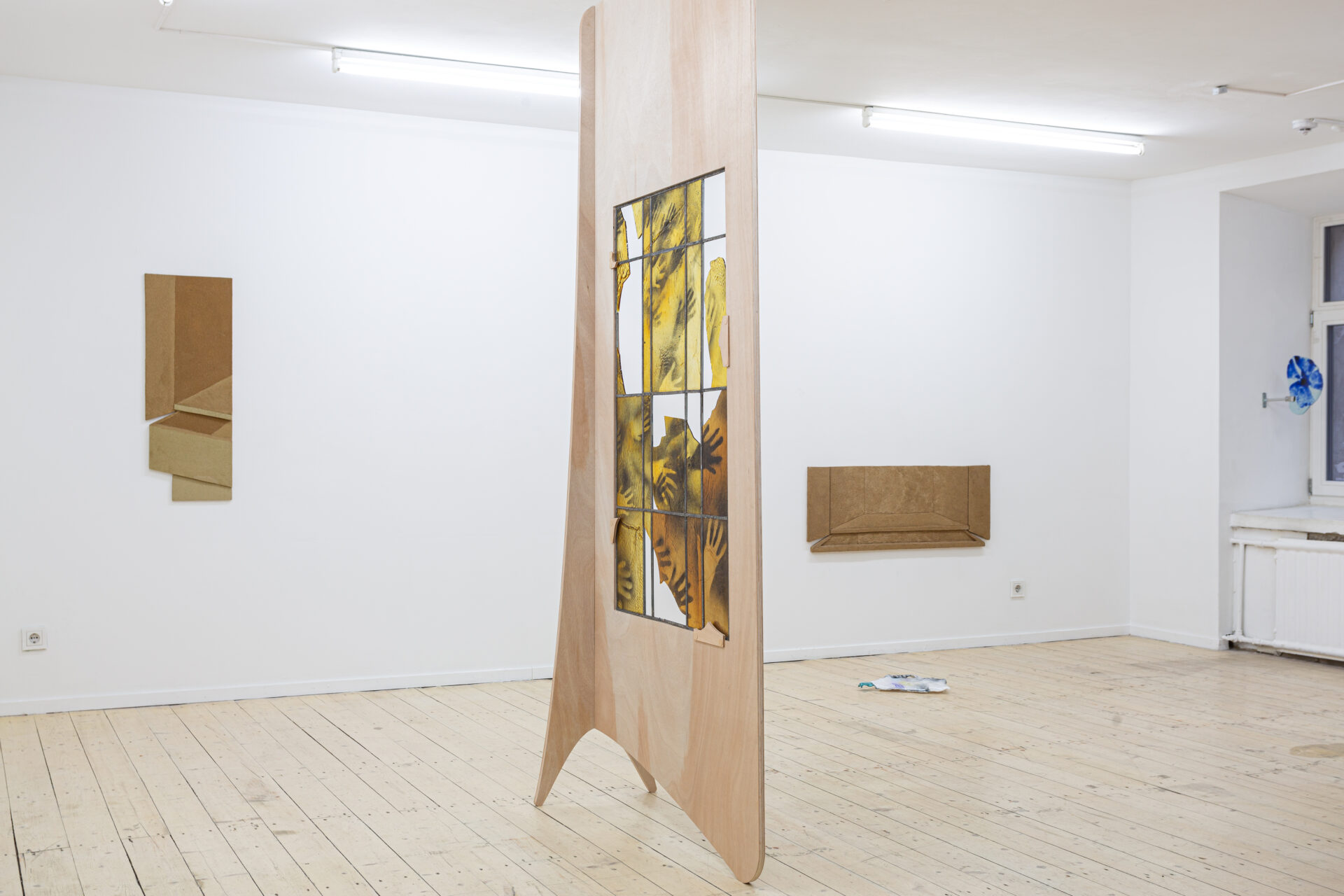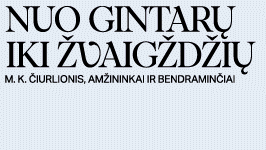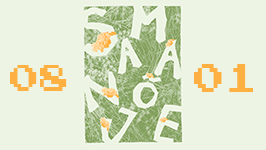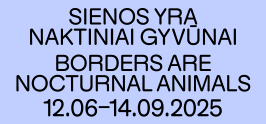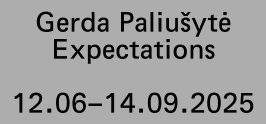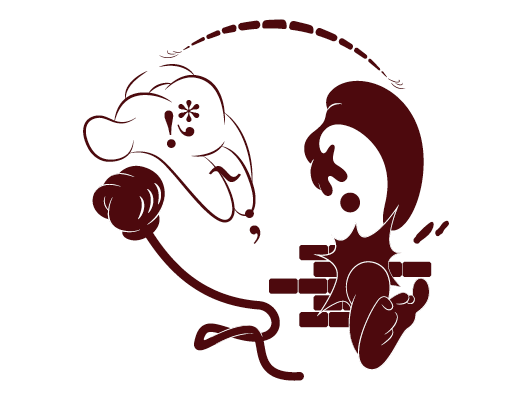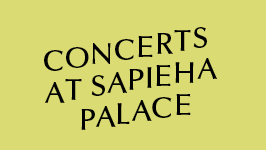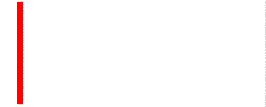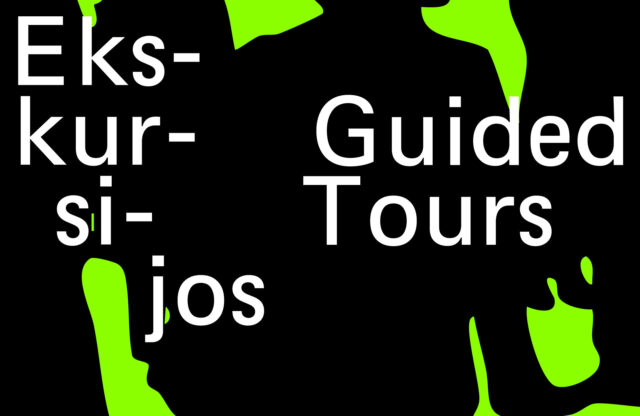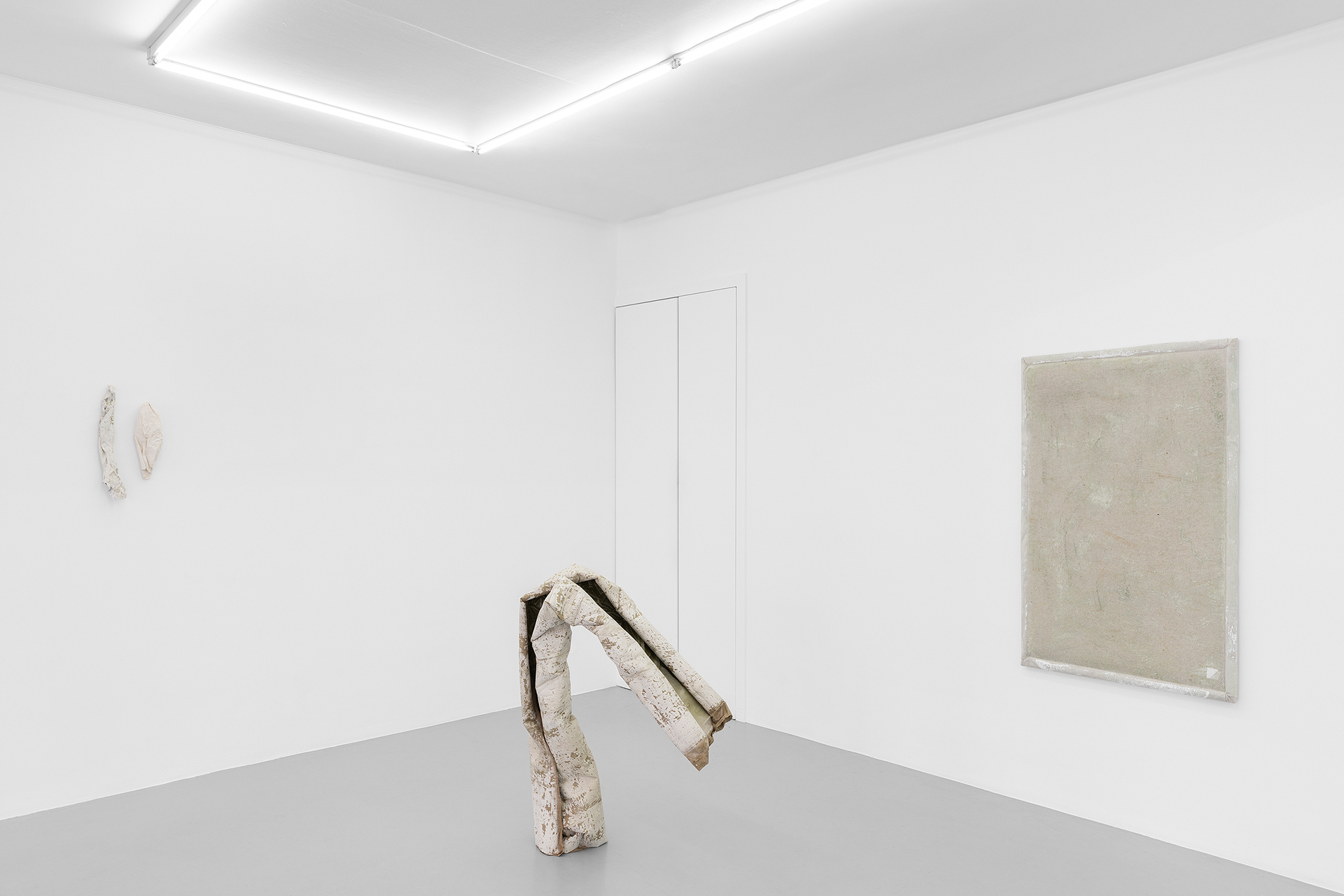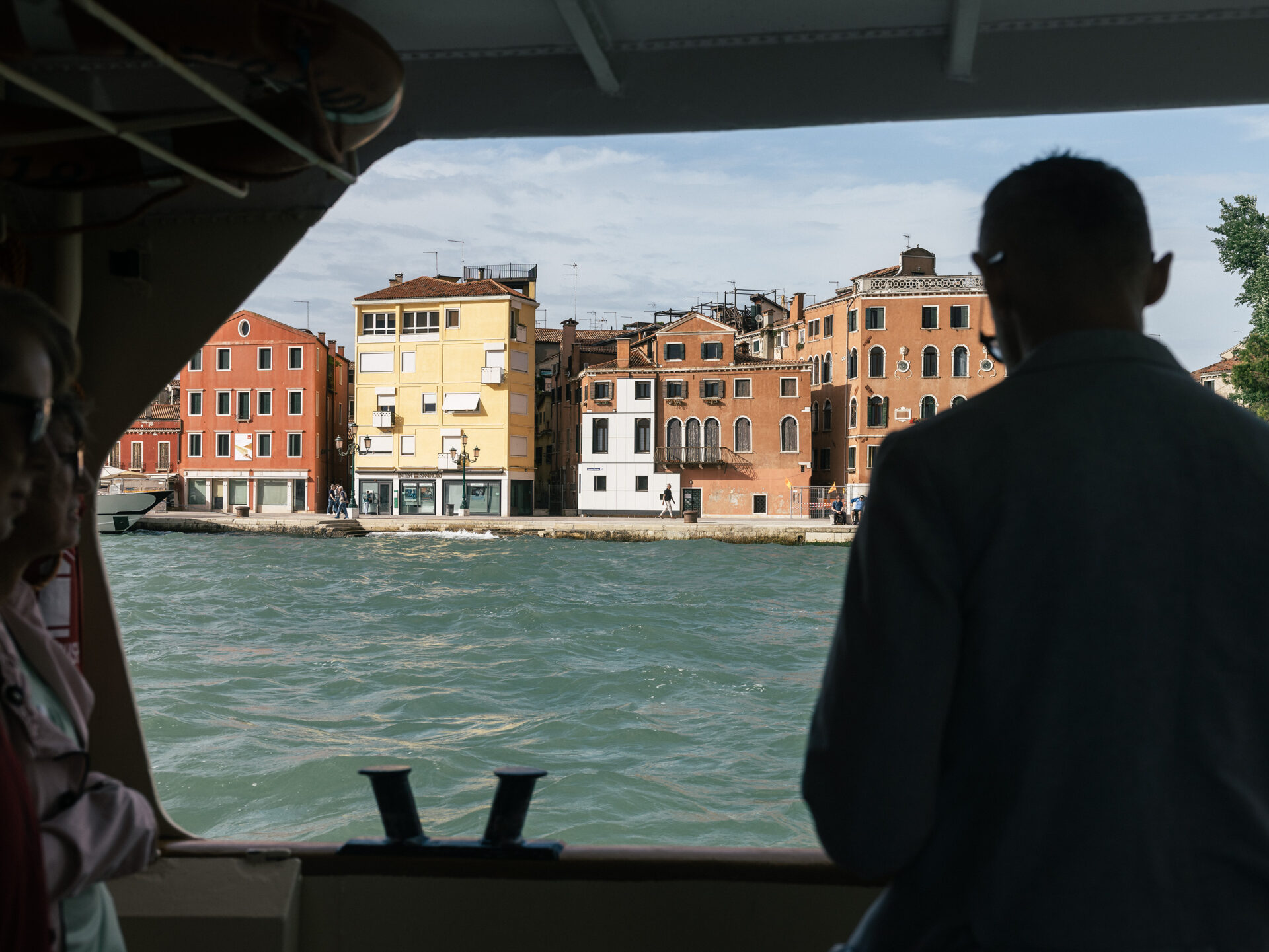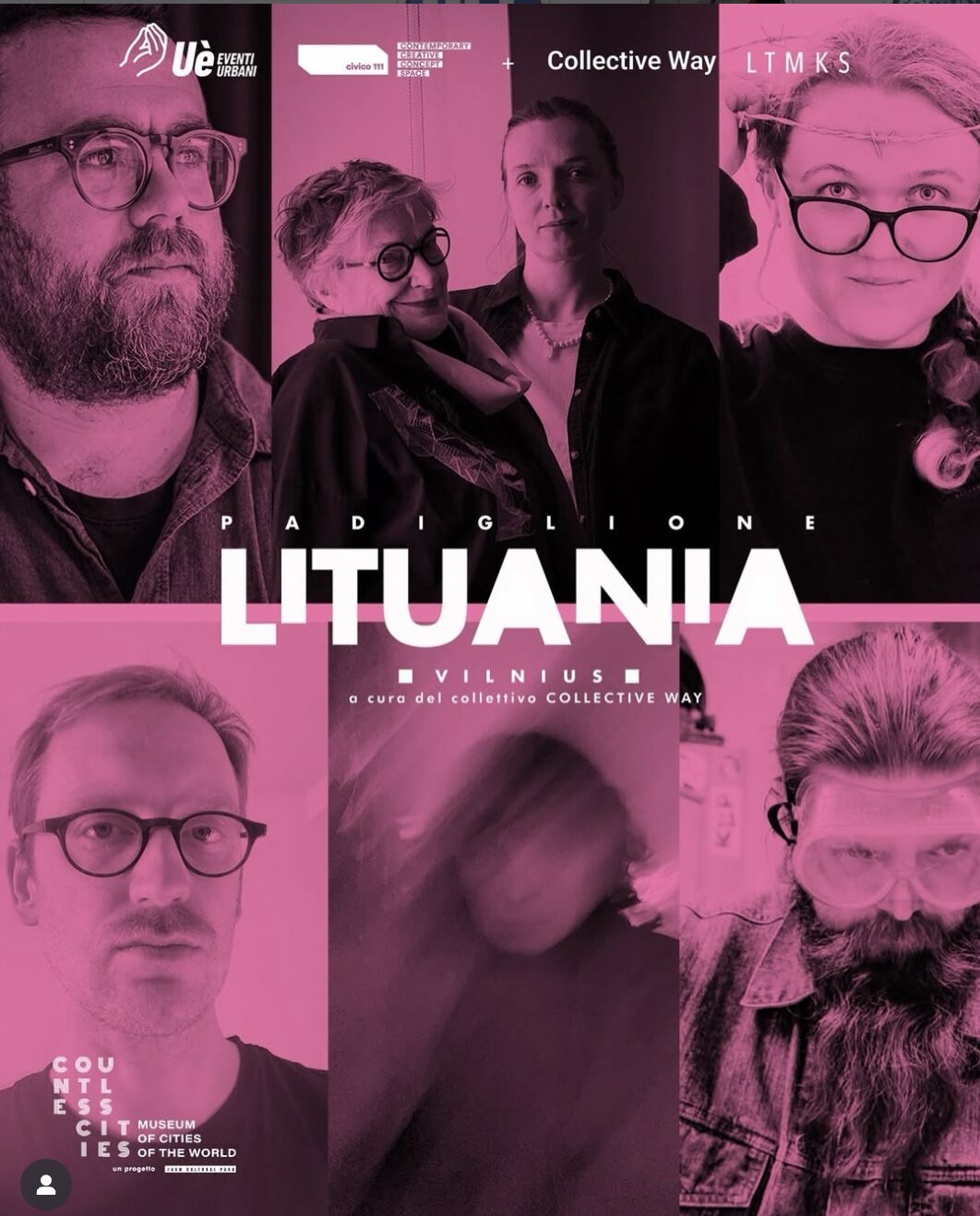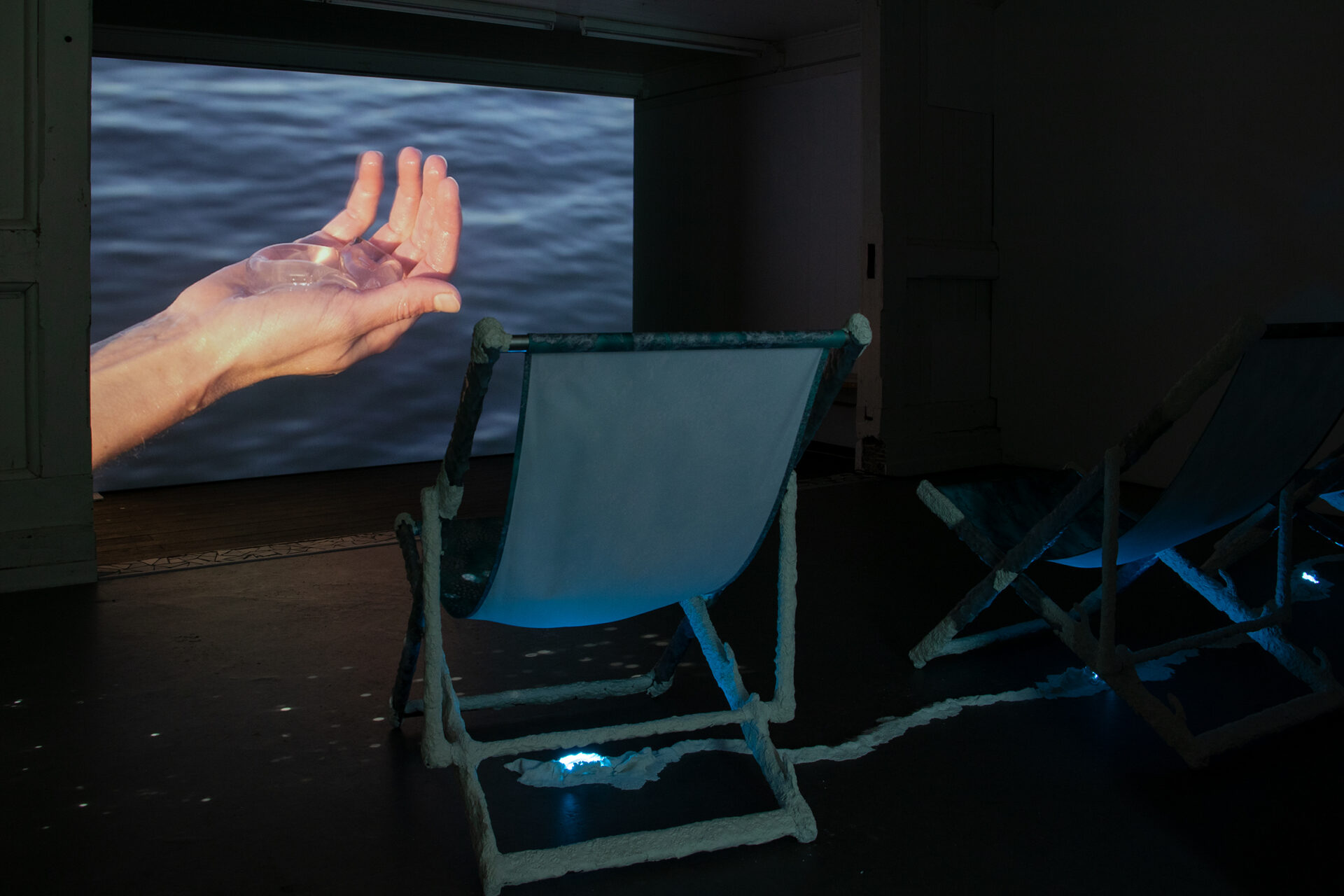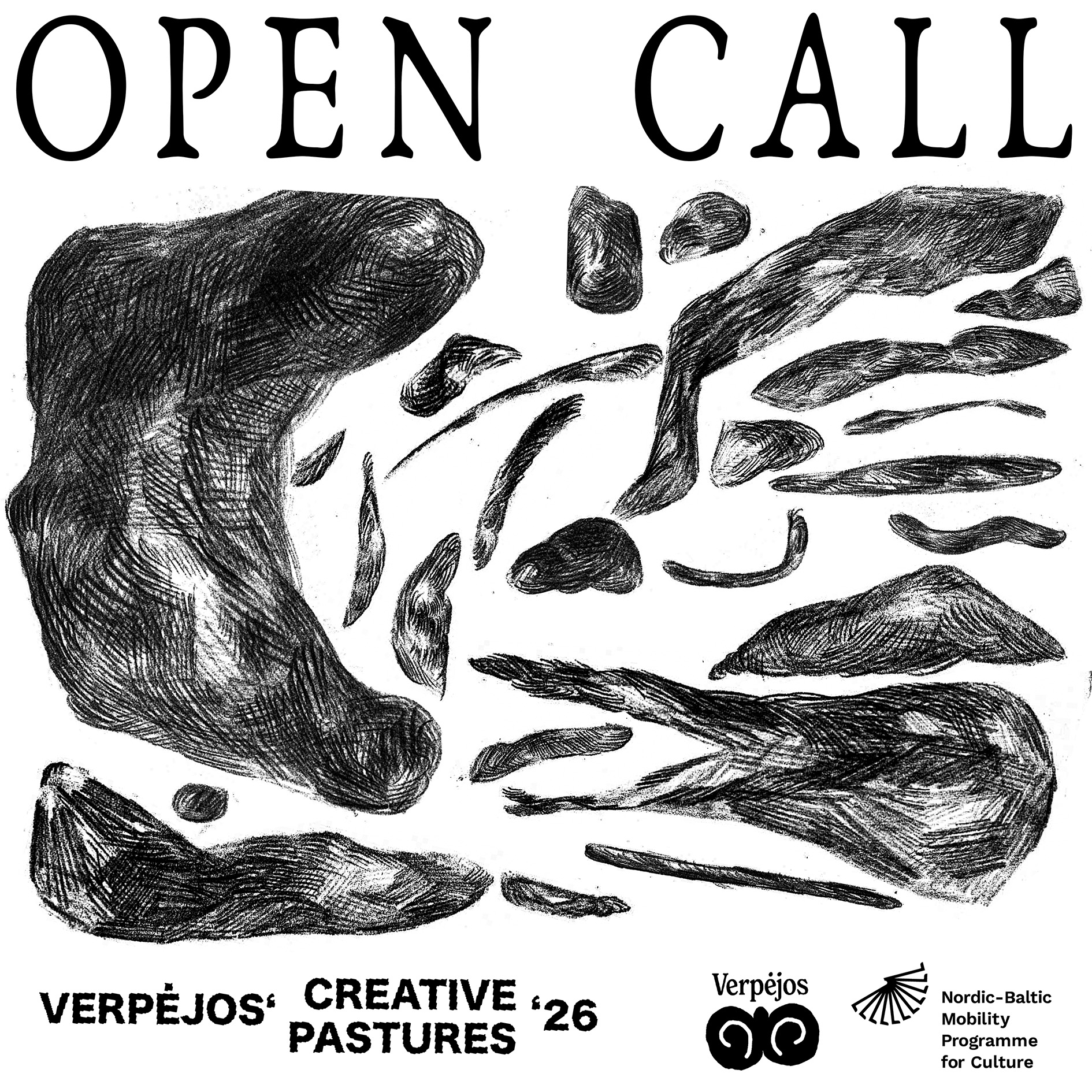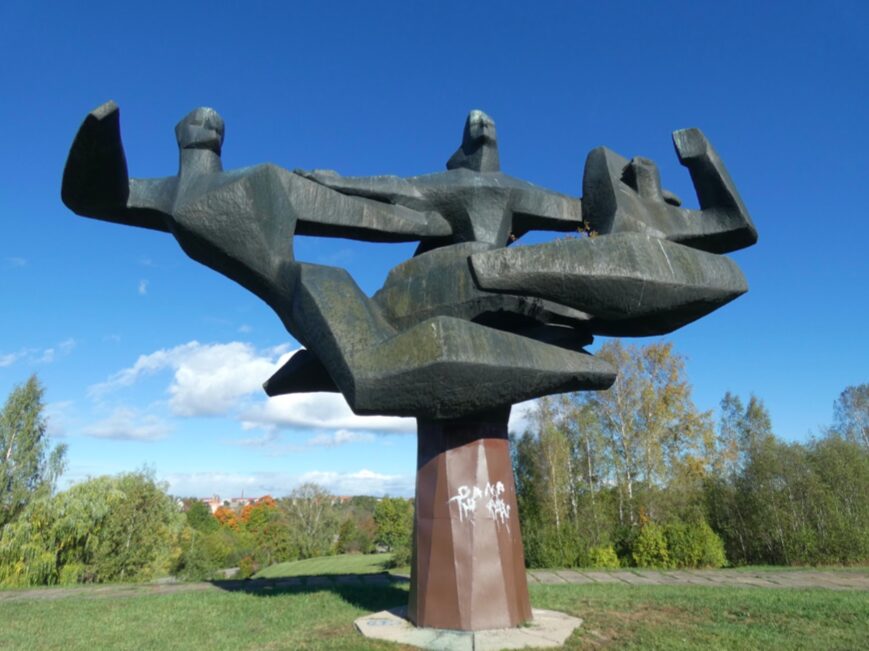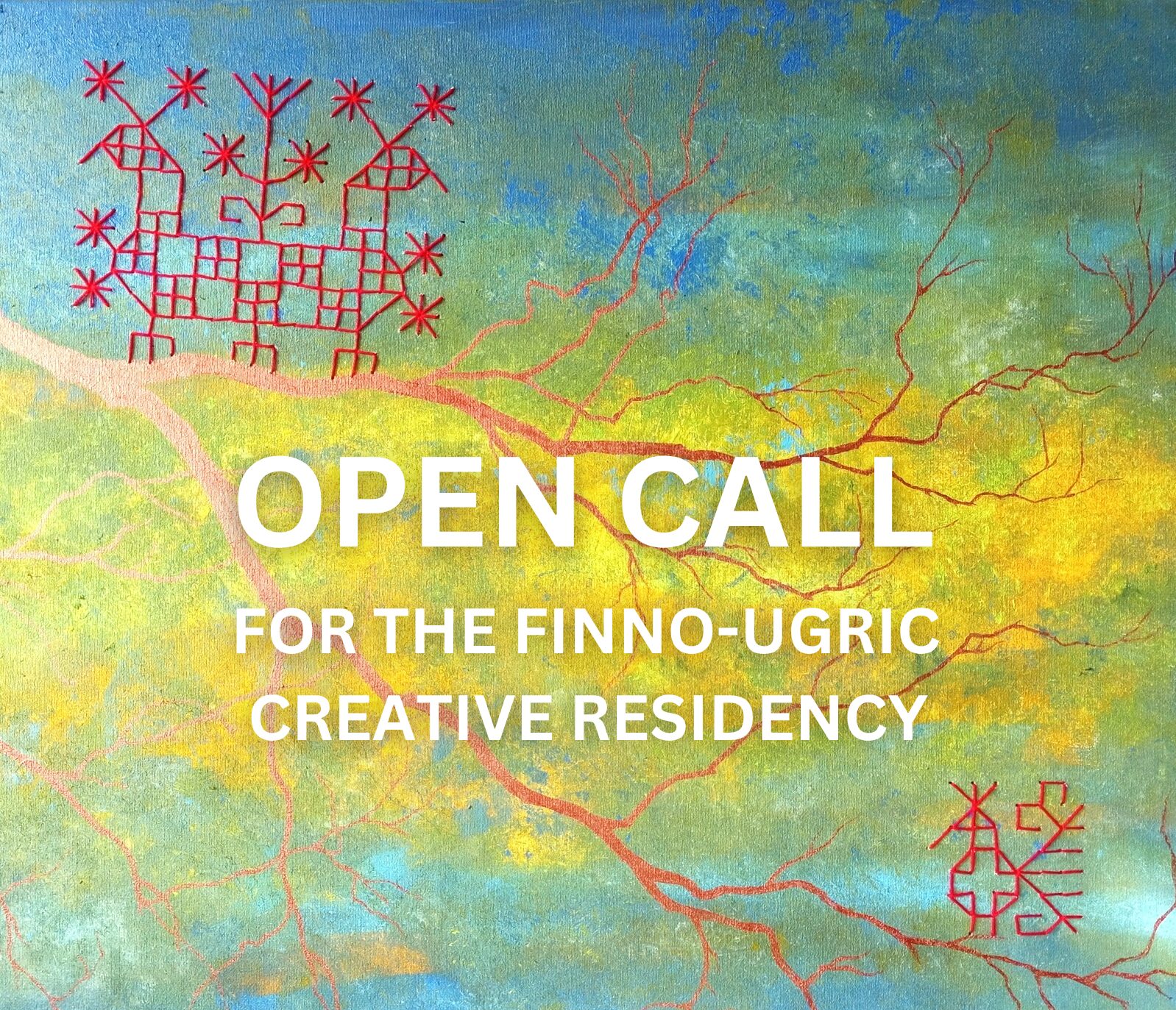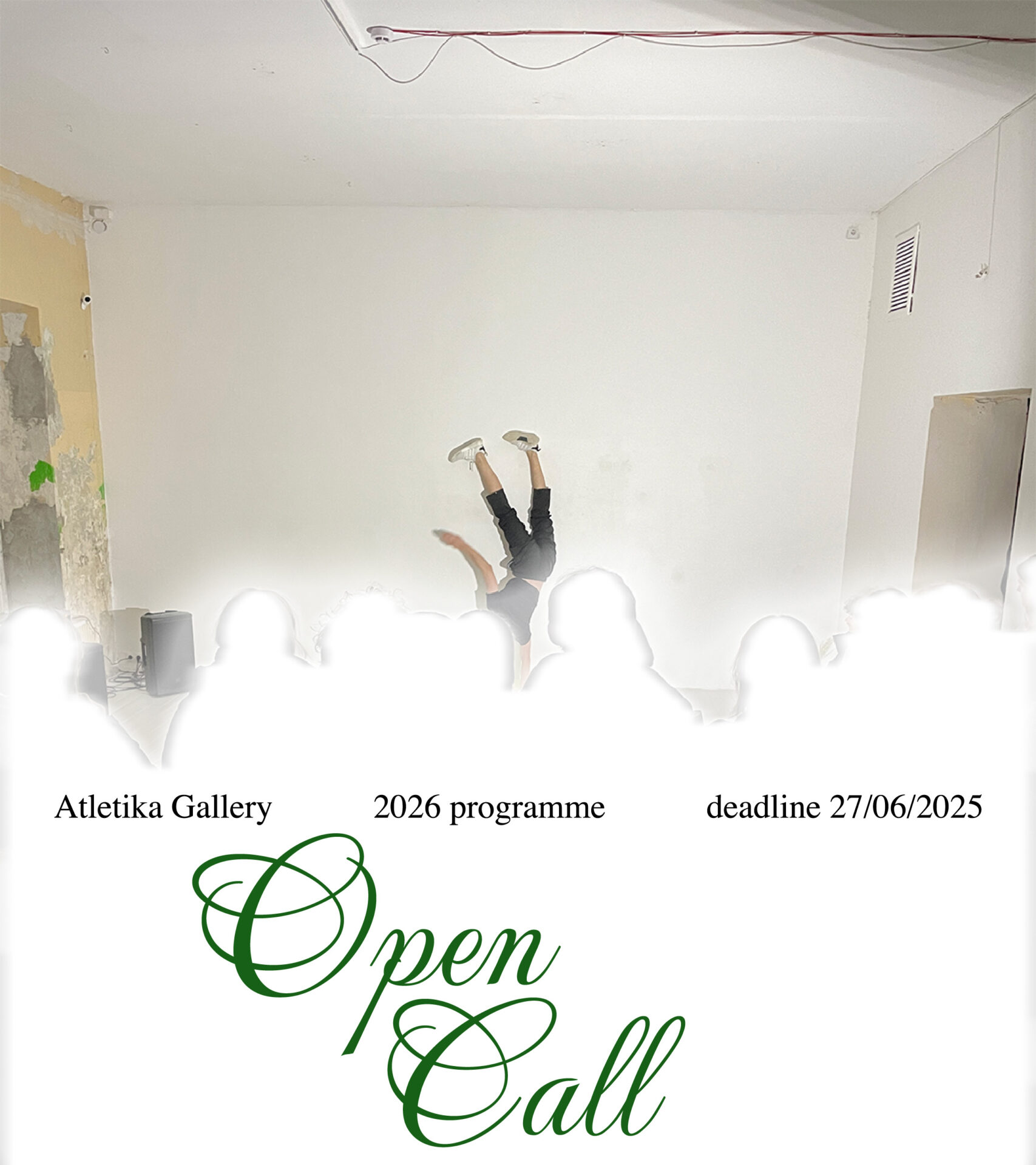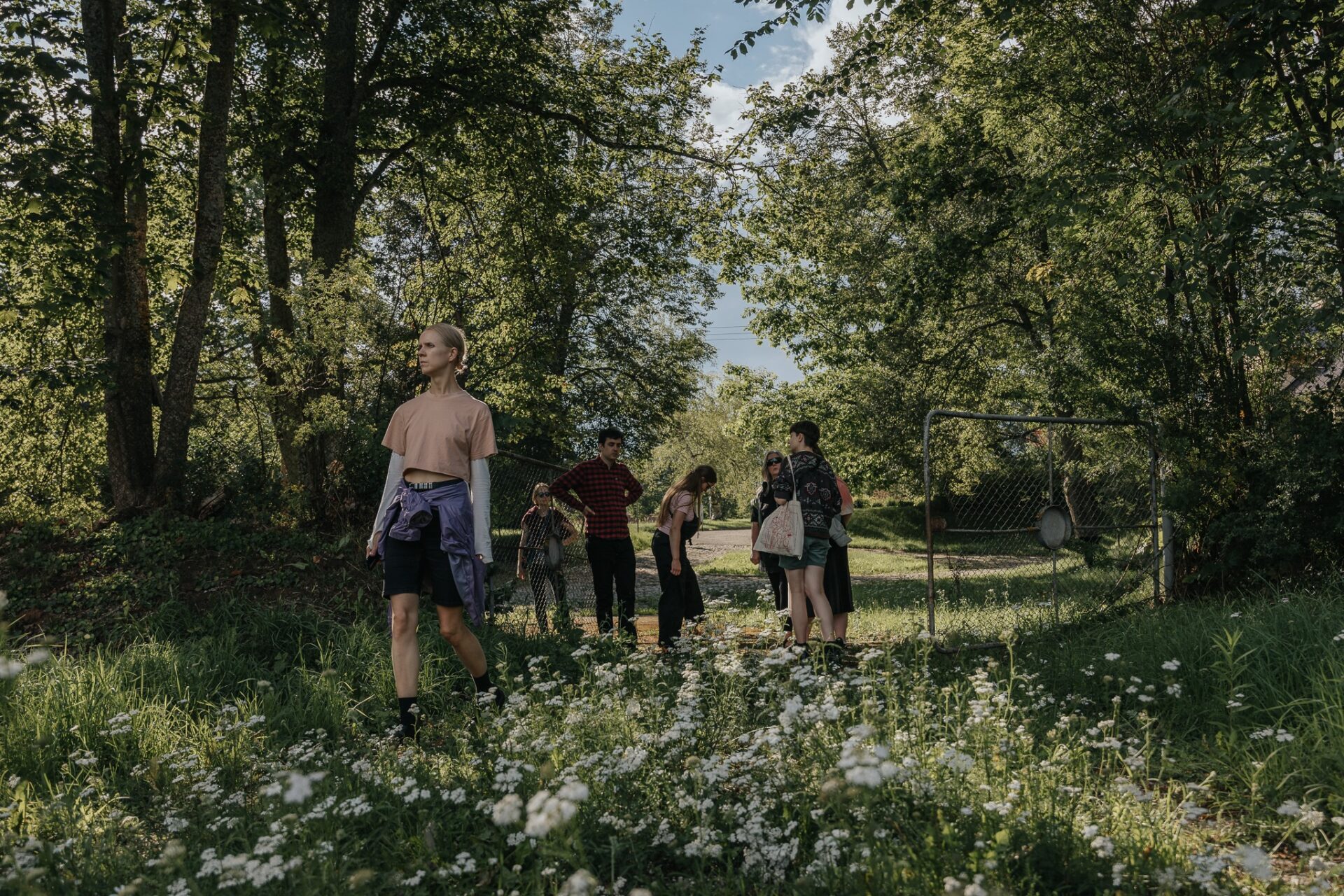Egla Mikalajūnė: Marta and Sallamari, I would like to start the interview with a question about your collaboration. I first got to know about your work six years ago, when you presented your final MA works as students in the Sculpture Department at Vilnius Academy of Art (VAA). I remember that your works were exhibited next to each other in the Titanikas exhibition hall. So when you told me about your plans to have an exhibition together at Editorial, I thought your collaboration was kind of natural. Is that correct? Is your decision to work together part of a continuous practice, or is it something rather new? Maybe being ‘neighbours’ back then in 2019 was rather a lucky coincidence, not a deliberate decision?
Sallamari Rantala: Nice that you bring up that moment from 2019. It’s interesting to reflect on how our paths have evolved since then. Those times at the VDA were very special and difficult for me. I was new in the country, and trying to study in a system which back then didn’t really have a structure for foreign students. I am grateful to so many of my classmates from the Sculpture Department for being so welcoming to me. I really cannot recall how it all turned out, but somehow Marta and I met during the last year of our MA, and we sort of partnered discussing our final works and processes. It was so easy to have excited, messy conversations about art with her, and I enjoyed how passionate she was about what she was doing. After graduating we stayed friends, and then a few years ago Marta suggested that we could work together. The suggestion straightaway felt intriguing and somehow normal, meaning that I think I have felt a connection and curiosity towards her artistic thinking and processes since the beginning.
Marta Frėjutė: I think it wasn’t a coincidence, we were already starting to develop some creative collaboration ideas while studying. I remember seeing Sallamari for the first time when she presented her work at the sculpture previews. The work itself and the whole theory it referred to seemed so different to all the other works presented at that time. Somehow, we naturally became friends, and each other’s work was somehow attractive, we wanted to talk, explain, and share things and the books we read, or what we write. I had come back from academic leave, maybe I felt similar at that time. I didn’t know anyone. It’s interesting that in the preview Sallamari mentioned the engineering excavations in the city, and now it seems that nothing has really changed since our student days, except perhaps the form: the themes are still the same.
EM: In the exhibition, we have a couple of different themes, and also references to at least two major sciences: geology and archaeology. As a classically trained historian, I will start with the one that is able to deal with the most ancient past. Sallamari, I was curious that sand was a material you worked with from the very beginning, already back in 2019. If we think of geology, traditional valuables here would be precious stones, fossils and other unusual formations. Sand is rather something common and is probably found everywhere, both in your motherland (Finland) and in your current home (Lithuania). How did sand attract you so strongly that you are still curious about it for a pretty long time? Do you have any anecdotes to tell that help to understand the choice? Or did it come another way that you would like to share with us?
SR: One small story comes to mind from the time when sand was still forming in my practice. You can imagine me conducting small-scale excavations in different areas. Once I dug on family land in the Neris Regional Park and took a few buckets of soil to my studio. A few days later, I returned to the studio and emptied the buckets on to my work table. Perhaps I was expecting to discover some fascinating, secret clay, but instead, my table was covered with maggots and worms.
I simply could not work with this threatening and repulsive material. I became interested in this disgust and fear instead, for it somehow reminded me of my own mortality and my fear of it. This wild soil shifted my work strongly in a certain direction, even though I was not fully conscious of my choice at the time. I noticed a desire to engage with a material that hinted at permanence and security. I started feeling an attraction to stone-like materials, to their aura of strength and eternity. Through this intuition, I began to understand the history of sculpture, its relationship with permanence, and the human emotions behind it.
Yet, intuitively, I began shaping sand. Maybe I felt, with a hint of uncomfortable self-reflection, letting go of eternity, that it would eventually be a more honest way to view how reality is constructed: seemingly a mass of something, but eventually uncountable particles constantly reforming in space.
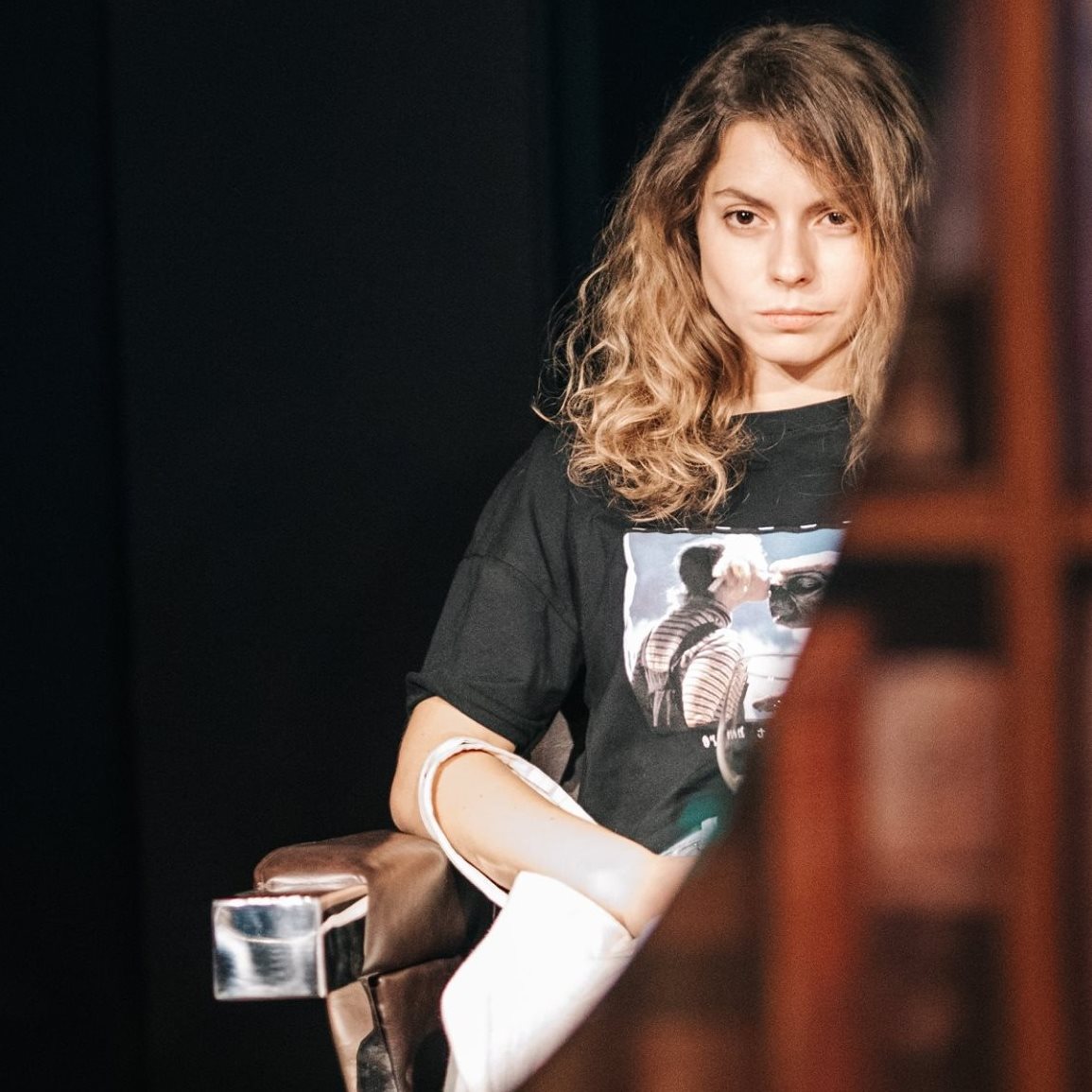
Marta Frėjutė. Photo by Mantas Bartaševičius
EM: Sallamari mentioned playing with sand. This reference can also be recognised on the exhibition poster, and I would like to continue our conversation in this direction. Marta, starting with your earlier work, until now I have the feeling that your strategy quite often includes a certain ‘hooliganism’, or an intention to work with some dead-face serious topics with playfulness and humour. I also feel this vibe in the current exhibition, when ‘serious’ archaeological heritage is combined with some incredible-but-true stories, and also children’s games. Would you agree with my interpretation, and if so, where do you find the roots of your playfulness (or hooliganism!)? Or have I mentioned something that you would like to define differently yourself?
MF: I’ve never called myself that, but I think hooliganism is an appropriate word. I kind of try to escape from that ‘hooliganism’, to censor myself, but it still sometimes comes out. It was the same with the work in this exhibition ‘based on a true story’. While preparing for the exhibition, a person close to me told me a story from his childhood. He recalled a bottle of sink cleaner that his mother had bought from a sales agent. It not only cleaned sinks well but was so natural and organic that it could be drunk to boost the immune system. She gave this cleaner every morning to her husband and his father, until he saw the packaging: a plastic bottle with a shiny sink pictured on the label. He was furious and stopped drinking those ‘supplements’. This story seemed so strange and unbelievable, but at the same time, it reflected something that describes so well a fragment of the present, in which practicality and the pursuit of immortality merge. Thus, this story became the basis for an artwork that testifies to the present as an archaeological find for the future. Maybe history itself will be forgotten, but every unearthed object from the past has its own story.
I think that creativity itself is already in a certain field of ‘absurdity’. Art is in this field. Art is related to questioning the seriousness of reality, all those schemes by which we act and live. I’m probably personally motivated by wanting to notice those inconsistencies, because otherwise it gets boring. This is how I amuse myself. I take revenge on things that annoy me.
I think that the element of humour is what drew me and Sallamari to each other, because there is a hidden ‘absurdity’ in our works.

Sallamari Rantala. Photo from the artists archive
EM: Both archaeology and geology work in layers, and these structures propose a certain technique for research that is also used in art and philosophy, starting with Foucault in the late 1960s, and still relevant in the 2010s, when a fascination with the Anthropocene developed in the art field. I believe I can see the importance of this method in both of your work. Could you elaborate if it’s a correct observation, and how do you approach this tool or method as creators? What does it give you personally?
MF: I think that in the context of this exhibition of ours, layers and layering are important. In my case, even very materially. One of my motivations was to work with these historical cave art images using very transparent (as opposed to hard rock) materials, such as silk, which is translucent and fragile, and when you bend it you get layers, overlapping the pattern; and then glass and the traditional stained-glass technique came along. But I don’t know if I could define my creative method strictly as working with layers. From what you say, I think Foucault’s view of archaeology is close to mine, where remains and fragments from the past help to create a narrative about the present. We no longer create in the same vacuum that the Stone Age artists created in. They were free from history, and that is lost to us for ever. I’m interested in how the materiality of an object becomes part of the world of the human imagination, and how, based on that, the environment is arranged into what is familiar and close, and what is foreign. All of this is largely defined by materiality. Material, in turn, can very easily become memory, is it possible to reverse this process and materialize it, as in sekretai in this exhibition? In this sense, layers and archaeology is very suitable here.
SR: I have also been thinking about Marta’s glasswork, how glass, too, is a layer, although a transparent (!) and vertical (!) one. To me, Marta’s glass as a layer is perhaps a bit of that hooligan kind.
In archaeology there is an idea that objects are events. I find this is a beautiful distillation of thought, perhaps referring to the fact that physical phenomena and human desires are always in an interactive relationship. For me, geological materials also represent this same ‘happening’ rather than static matter, and they take place even without human observation or meaning-making.
Sometimes I think about the ‘depth’ of my digging practice, and how there is something amusing about the seriousness of the first associations. For me, digging is, in a very straightforward way, a bodily and labour-driven relationship with my environment. But digging is undoubtedly one of the layers of my work, and is linked to the interactive relationship of its events: how I mix sand in the wrong ratio and start over, how I struggle to grasp the meaning of an article, how I have to abandon a failed favourite artwork, how I misremember a family anecdote and almost leave the studio too late to pick up my child from day care. Perhaps I am trying to say that layering is not just an object of analysis but also a method and an experience. In my practice, I feel that layers do not merely exist, they also change and generate new forms.
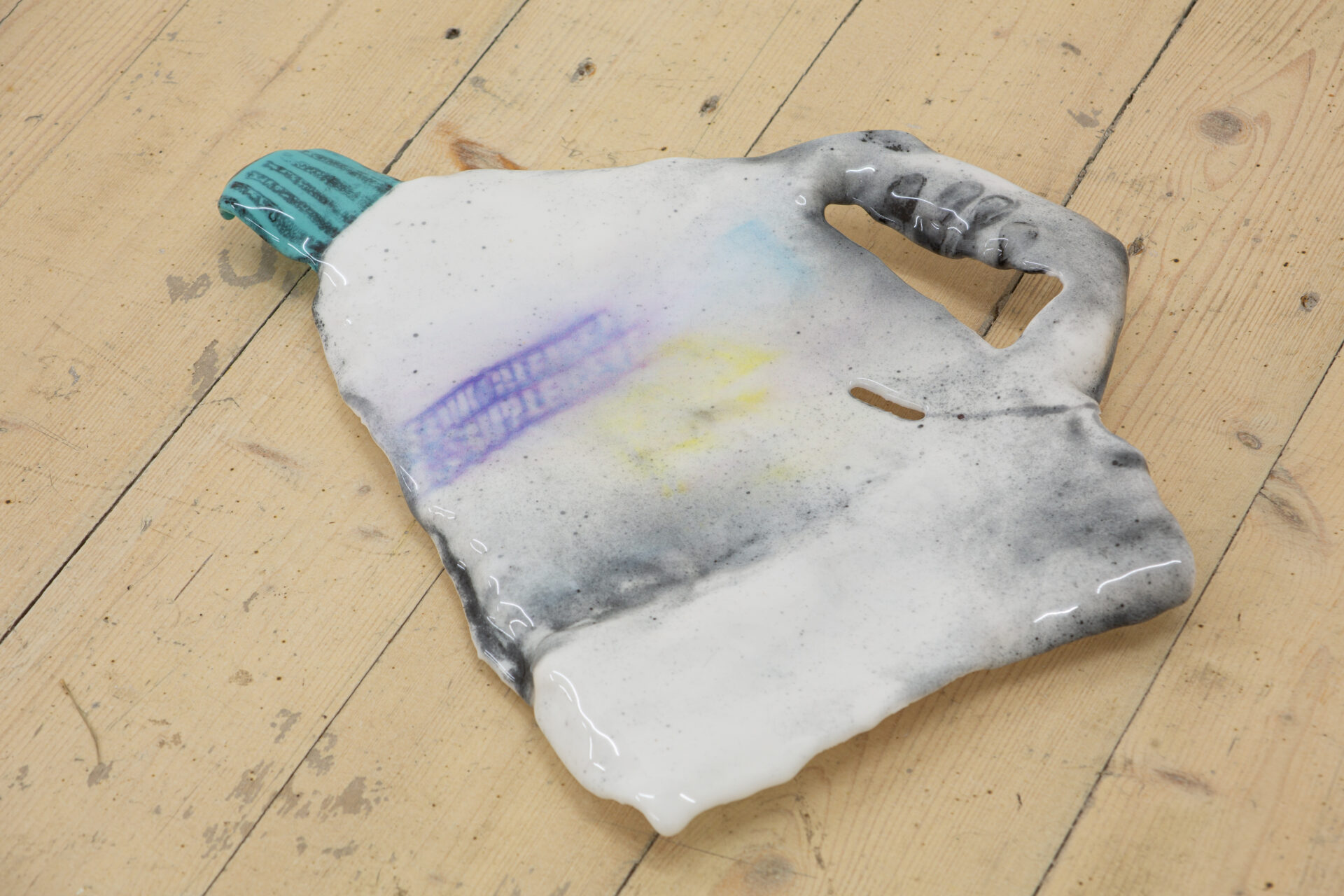
Marta Frėjutė, Based on True Story, 2025. Stained glass, UV print, 39,5 x 30 x 3 cm
EM: I want to move to a more mundane (or maybe not) question. As the artists in this exhibition, you form an international duo. Here in Lithuania, in the popular contexts we know best (or think we do), the West and our direct neighbours. Since the 1990s, the West was always an ideological direction to follow (now in a major collision with current US politics). However, for me specifically, Finland was always one of the most inspiring and interesting countries (and cultures) in Europe, not only as a Western or Nordic country but in a deeper sense. How do you feel the connections (and disconnections) between two cultures when you work together? Do you notice them? Sallamari, of course, it’s a double question for you, as you’re from Finland but based in Lithuania, so for you it’s not only about this exhibition.
SR: I think there must be many connections, and I think that is the reason I have always felt a certain familiarity living in Lithuania.
I think the cultural differences and connections are something very subtle, something that is also very hard to distinguish from things such as what kind of character we are. Maybe a thing that shows that we are not both natives is that we speak English. That’s because Marta still doesn’t know enough Finnish. Sorry, bad joke. The truth is that it is important for me that we are both as able and unable to express ourselves and be understood, while working and in our friendship.
In the contemporary everyday context, I think it is hard to feel disconnections, but I think those little moments when we notice and share some cultural nuance, story, character, saying, etc, are something that deepens the understanding of the culture. It is amazing how it can reveal or describe the local mindset when you get to know details of how people use certain words, proverbs, or some such thing, or when you suddenly understand the aesthetics of, for example, a certain landscape.
MF: Hmm, this is complicated. It’s hard for me to say whether certain areas of Sallamari’s interest, or the way she expresses things, are related to her personality, or to the fact that she is Finnish. How do I find out? Sometimes we send each other jokes about the Lithuanian-Finnish characters, and talk about cultural and religious differences, reflecting on them from various angles, because we ourselves look at these topics from a distance, and do not identify with ‘typical’ Finnish/Lithuanian characters (whatever they may be). If we talk about the history of our countries, and how Finns and Lithuanians perceive it differently, it helps to share the stories of our grandparents, their stories about the past, how they lived, and how they saw that past. It helps to understand why we sometimes look at certain things differently. I remember not so long ago, during a trip, we were telling each other Finnish-Lithuanian fairy tales. It’s interesting that this knowledge of national contexts comes through fiction: the art, books and films that we share (sometimes I say ‘You know, if you want to understand this and that Lithuanian context or history, you need to read this book’). I feel I should read Kalevala. I wonder if I’ll suddenly understand something more about my friend [laughing].
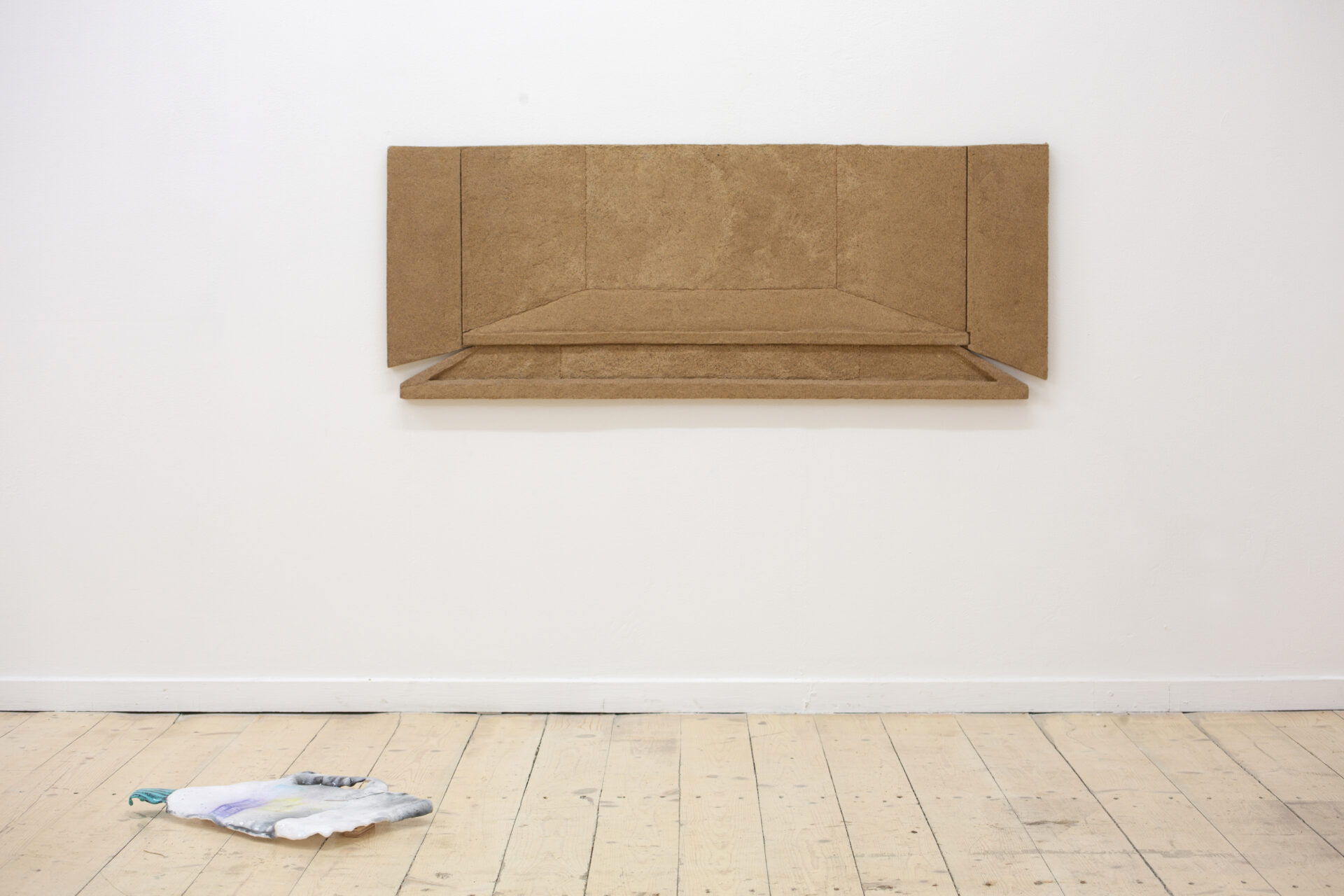
Sallamari Rantala, Fuzzy Chronology, 2024. Gathered and bought sand, PVA glue, plywood, 42 x 111 x 3 cm & Marta Frėjutė, Based on True Story, 2025. Stained glass, UV print, 39,5 x 30 x 3 cm
EM: Can you name an artist, author, book or artwork that had a considerable impact on your own work recently? And if so, how?
MF: An artist who has influenced me lately is Sallamari Rantala, because of all the information we shared during the creative process. And the last book I read by an artist was Diary by Witold Gombrowicz. It seems to me that it is relevant now, especially in the context of the war near us, because it raises the question of how much art has to and can ‘fight’, or whether it is victorious without a fight. How much and how an artist must try to free himself from the dialectic that fetters him, not to surrender to history, which imposes on him not only themes but also positions.
SR: Yes, when I think about it, the biggest impact recently has undeniably come from Marta. It is not necessarily the end result, but to see deeper into her process. One of the biggest impacts comes from observing Marta’s courage to say thoughts out loud when developing an artwork. Usually, those moments are the most sensitive, with unfinished thoughts, failed experiments, and unsureness about all possible directions. She was always making her process transparent, and I think that is a very unique skill I want to learn. To me, it is a lot about trust, trusting your colleague and community, and to make progress by communicating.
About other impacts, in the last few months I’ve been coming back to two sets of texts. One set consists of research articles about how geological diversity affects the boreal forest’s biodiversity. Another set is all that material in the corner of Lentvaris public library where you can find all the books, leaflets, printed micro-histories in plastic folders, and stapled notes about the region. I find all these texts intuitively fascinating, and I can see that through them I keep on building my relation to certain areas by feeling connected through knowledge. It is basically following the same instinctive motivation that is behind my studio work.
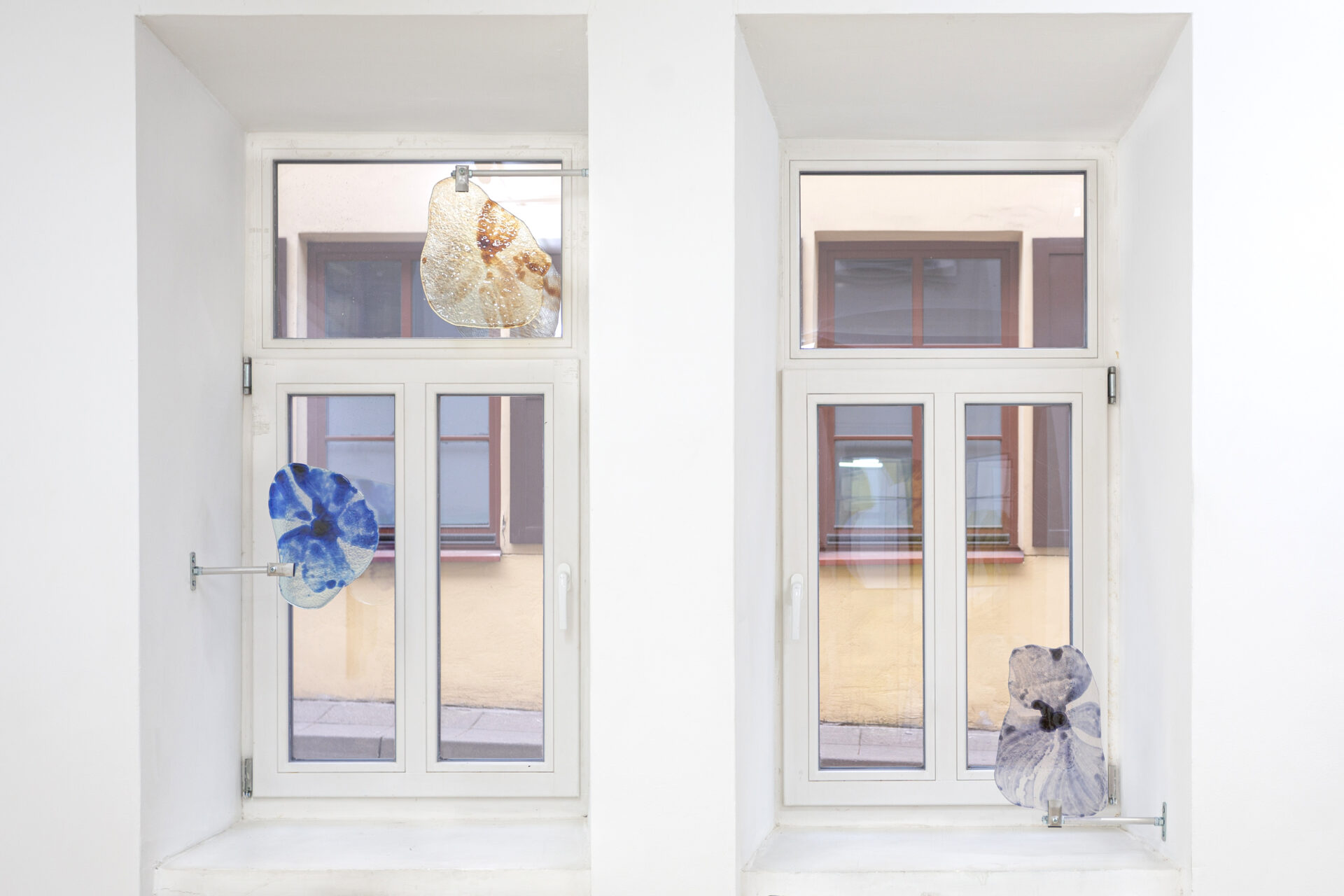
Marta Frėjutė, Sekretai, 2025. Stained glass, I 30 x 24 cm, II 33 x 28,5 cm, III 36 x 23 cm, IV 25,5 x 15,5 cm
EM: In the exhibition, we have a few references to childhood, like Marta’s work on sekretai, or the decision to speak about building sandcastles through the title and the poster. The sandcastle’s motif gives another layer to Sallamari’s works made of sand, or Marta’s works made of glass (which is partly made of sand). What is your relationship with childhood? In popular contexts, there is a lot of romanticisation on one hand, or an active search for trauma on the other. Do you have any specific connection with childhood/children as contemporary artists?
SR: For me, there is something brutal about childhood, so many questions about existence and consciousness. Through childhood, I reflect my own limitations in time and materiality. During the last few years I have been reflecting my position in relation to my child and her great-grandparents, on whose land I work and gather my material, and whose land and lives are interwoven with my child’s existence. I think these are some of the layers lying underneath our exhibition. In the seemingly mundane setting of the domestic environment, questions of time, transformation, and human lives intertwine.
A childlike perspective can also serve as a practice method, although saying this does sound romanticised. Perhaps there is something romantic in it anyway, or even a great deal, but I have been interested in noticing several intuitive reactions by a very young baby, to be attracted to certain truly strange aesthetic qualities. Observing these reactions of a baby has mainly served me as a mirror on myself: it has given me some clarity to work with materials, colours and forms that really speak to me, through layers of cultural meanings.
MF: In childhood, as Sallamari mentioned, the relationship with the environment and materials is much more radical and conscious. Walking along the seashore and finding a colorful, beautifully shaped, sand-polished glass shard is already a big deal for a child. The curiosity and excitement of discovery is similar to that of a geologist who has found and studied some rare type of rock.
Another moment of childhood is play. I think play is important for a person, no matter what age they are; but childhood is so impressive, in that any pebble you pick up can become a character, like a fox, say, a stick, a car, and so on. That boundary between play and reality almost does not exist. A child can move effortlessly from reality to their inner fantasy world, while it is much more difficult for an adult. In part, such a transfer for an adult is helped by works of art.

Marta Frėjutė & Sallamari Rantala, It Used To Be a Castle, 2025. Exhibition view at Editorial, Vilnius
EM: We have the exhibition which is the final result of your thoughts, ideas and experiments. From now on, which new directions are you taking, and how will you develop your old ideas further?
MF: We are currently preparing for an exhibition in Helsinki, and I want to create completely new interpretations, new forms for the same themes. The exhibition will be even more ‘domestic’, because it will take place in a residential apartment, so I am very excited and curious to create works for such a space. The themes we worked with may take on completely different nuances. The objects I want to create for this place will be more integrated into the space and focus more on the shapes of fashion and home design objects.
SR: There are always thoughts and curious experiments which had to be left out of the selection of processes and final works. Some of them can now be continued for the Helsinki exhibition, but some of them will need more time to grow and mature. I love this moment, when you can get back to the studio, to your unfinished little things.
This last winter, parallel with working with sand, I was studying a new technique for myself, a technique which also makes a reference to stone, but again is not stone. It is a stone imitation technique, and through it I have been thinking a lot about the construction of memory, histories and materiality. For me, this technique and the themes related to it will be guiding my next main sandy experiments.
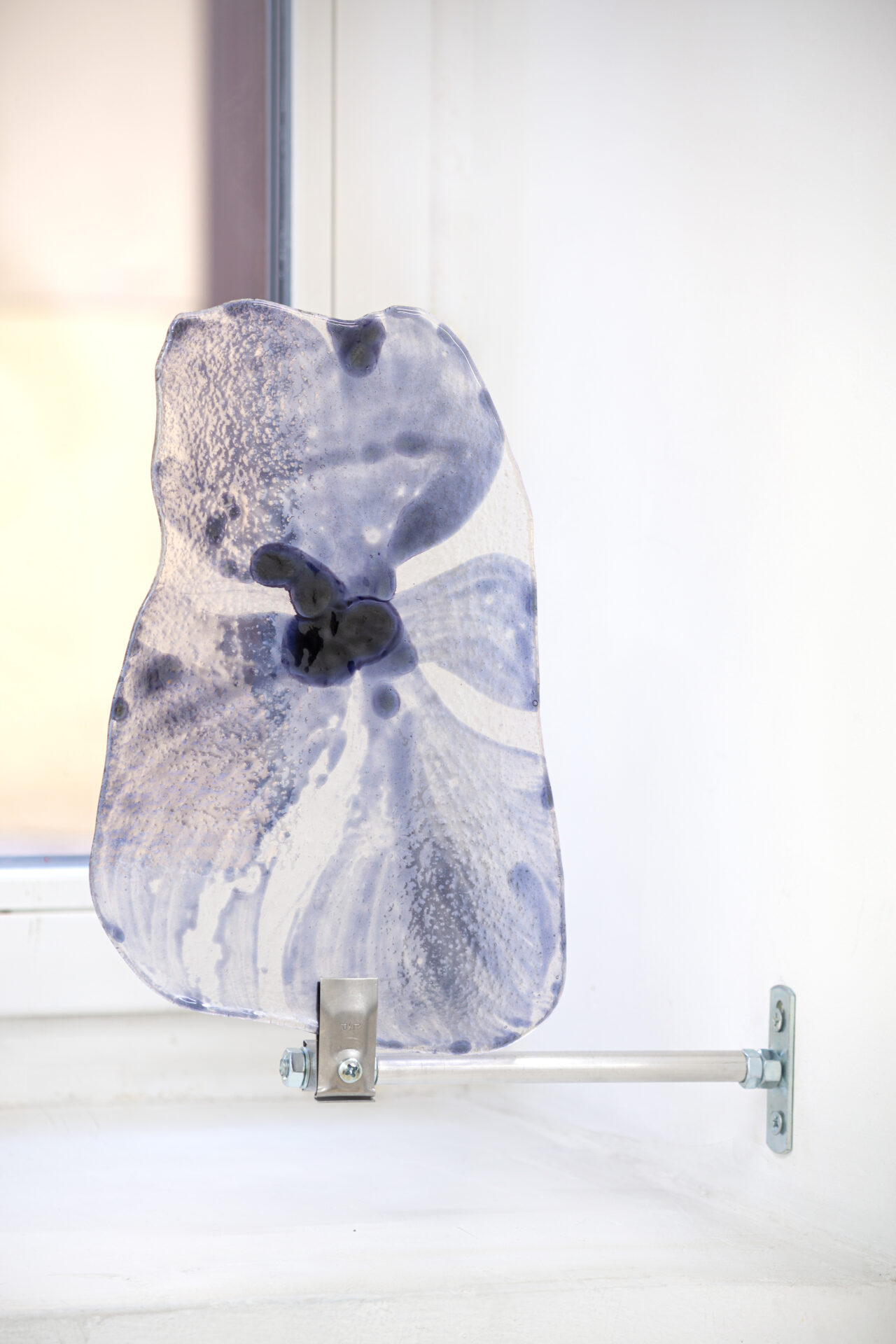
Marta Frėjutė, Sekretai, 2025. Stained glass, I 30 x 24 cm, II 33 x 28,5 cm, III 36 x 23 cm, IV 25,5 x 15,5 cm
